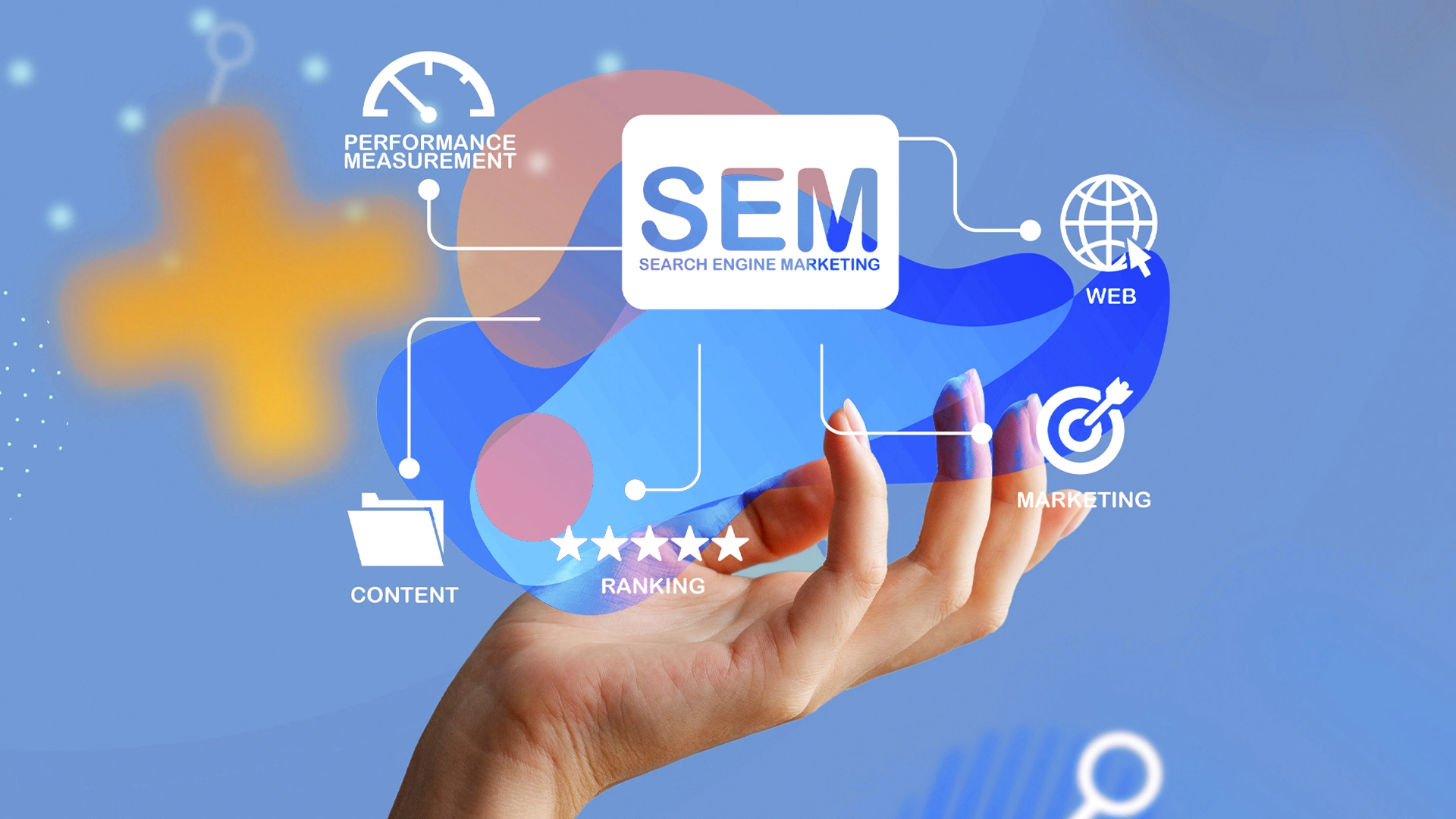In the ever-evolving world of digital marketing, two acronyms dominate the conversation: SEO (Search Engine Optimization) and SEM (Search Engine Marketing). While these terms are often used interchangeably, they represent distinct strategies with unique benefits and challenges. Understanding the difference between SEO and SEM is crucial for businesses aiming to maximize their online visibility and drive traffic to their websites. In this article, we will explore what sets these two approaches apart and how to decide which is right for your business.
What is SEO?
Search Engine Optimization (SEO) is the process of optimizing a website to improve its organic (non-paid) rankings on search engine results pages (SERPs). The primary goal of SEO is to increase a website’s visibility and attract more traffic by ensuring it ranks higher for relevant keywords.
Key Components of SEO:
On-Page SEO
Optimizing website content, meta tags, headers, and images.
Using relevant keywords naturally within the content.
Off-Page SEO
Building high-quality backlinks from authoritative websites.
Engaging in social media marketing and influencer collaborations.
Technical SEO
Improving website speed, mobile-friendliness, and overall user experience.
Ensuring proper site indexing and using structured data.
Content Strategy
Creating valuable, informative, and engaging content tailored to your target audience.
Pros of SEO:
Long-term results.
Builds trust and credibility with users.
Cost-effective compared to paid advertising.
Cons of SEO:
Time-intensive; results may take months to materialize.
Requires continuous monitoring and updates to stay competitive.
What is SEM?
Search Engine Marketing (SEM) encompasses paid strategies to increase visibility on SERPs. Often referred to as pay-per-click (PPC) advertising, SEM involves bidding on specific keywords to display ads at the top of search results. Unlike SEO, SEM delivers immediate results, making it an excellent choice for businesses seeking quick wins.
Key Components of SEM:
Keyword Research
Identifying high-performing keywords to target with paid ads.
Ad Creation
Crafting compelling ad copy and designing effective landing pages.
Campaign Management
Setting budgets, monitoring performance, and optimizing campaigns for maximum ROI.
Performance Tracking
Using tools like Google Ads and analytics to measure campaign success.
Pros of SEM:
Immediate visibility and traffic.
Highly targeted and measurable.
Flexible budgets and scalability.
Cons of SEM:
Can be expensive, especially for competitive keywords.
Results stop as soon as the budget runs out.
Requires expertise to manage effectively.
When to Use SEO vs. SEM
Choosing between SEO and SEM depends on your business goals, budget, and timeline. Here are some scenarios to consider:
When to Use SEO:
You aim to build long-term brand credibility.
Your budget is limited, but you’re willing to invest time.
You want to drive organic traffic that sustains over time.
When to Use SEM:
You need immediate visibility for a product launch or promotion.
You have a flexible budget for paid advertising.
You’re targeting a competitive market and need instant results.
For many businesses, the best approach is a balanced combination of SEO and SEM. By investing in SEO, you create a strong foundation for sustainable growth. Simultaneously, using SEM for targeted campaigns ensures you capture quick wins and stay ahead of competitors. This integrated strategy maximizes both short-term and long-term results.
Conclusion
SEO and SEM are powerful tools in a digital marketer’s arsenal, each serving unique purposes. While SEO focuses on building a sustainable presence through organic efforts, SEM offers immediate impact with paid advertising. By understanding their differences and strategic applications, businesses can effectively leverage both to achieve their marketing objectives. Whether you prioritize SEO, SEM, or a blend of the two, the key lies in aligning your strategy with your goals and resources.
Hire a team of experts to handle the process for you!
Ready to grow your revenue with Acceler8? Get a Free Consultation to Boost Your Business.





